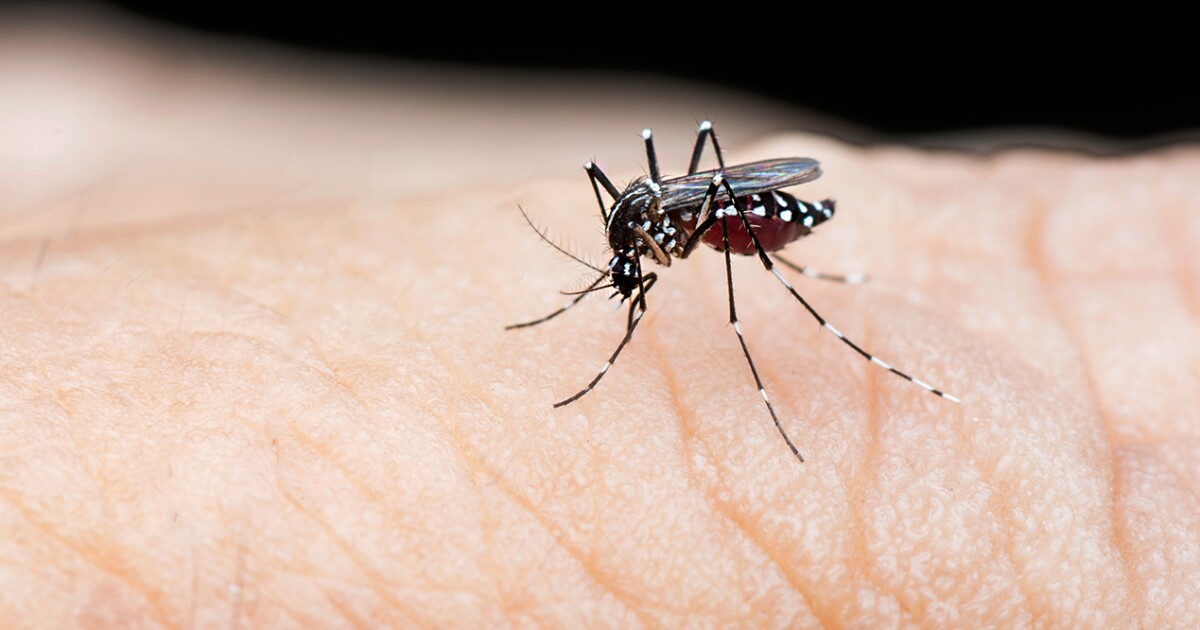
What is the main problem of dengue?
Dengue fever is common in South-East Asia countries such as Malaysia. The tropical climate makes mosquitoes responsible for spreading dengue to breed and grow. A person infected by dengue may or may not show any symptoms and the severity of the cases can vary from mild to severe. Dengue fever is considered a viral disease as it is caused by dengue virus. Not all mosquitoes are able to transmit the dengue virus. A mosquito needs to be infected first before it is able to spread the virus. Ironically, the mosquito is said to be infected when it bites humans that have the existing dengue virus circulating in the body. The infected mosquito now is able to transmit the dengue virus to other humans through mosquito bites. The mosquito that is commonly associated with spreading the dengue virus is the female Aedes species.
The main problem with dengue lies in the cycle above. The cycle of the dengue life and the way it spreads makes dengue one of the fastest mosquito-borne viral diseases. In reality, you can see how fast dengue cases increase when a person around the neighbourhood gets diagnosed with dengue. This makes containing the dengue infection can be difficult at times but it does not mean it is impossible.
Another problem relating to dengue is the infection may not even cause any symptoms. This means that a person may already be infected by the dengue virus but shows no sign of obvious symptoms. Thus, when healthy mosquitoes start to bite them and spread the infections by biting others, there is no way of telling if dengue virus has been spread in many people until a person starts to show symptoms.
Beside this, the problem with dengue is the human activity itself. The growing populations has caused many uncontrolled urbanisations which leads to improper water and waste management. This will create large water stores and disposable non-biodegradable containers that can be indirectly converted into habitats for the mosquitoes. Furthermore, air travel has made the dengue virus spread to many parts of the world. For instance, a person with dengue virus circulating in the body coming from a tropical climate country and taking an air trip to a 4 seasons country can import the viruses. The mosquitoes in the 4 seasons country will bite this one specific person and spread the virus by biting other humans.
Last but not least, problems with dengue are there are no specific treatments that can immediately treat dengue. The only treatment available in healthcare facilities is supportive treatments to help patients with dengue survive and allow the body to heal themselves. Hence, when a person is suspected of dengue symptoms, it is best to get early diagnosis and to get early medical intervention. Common symptoms include fever that lasts for 2 to 7 days and associated symptoms such as severe headache with pain behind the eyes, joint pain, muscle pain and skin rash. Although there are vaccines available for dengue, it might not be easy to get and not everyone is recommended to take it as there is not enough data to support the use of the vaccine.
Dengue is actually a preventable disease. Taking steps to limiting chances of getting mosquito bites can help a person avoid dengue infection. This includes usage of insect repellents, wearing long sleeved and long pants, getting rid of containers that could be a habitat for mosquitoes and to avoid heavily-populated residential areas when possible. Although prevention might not be a guarantee that you will not get infected by dengue virus, taking such steps can greatly reduce the chances of developing the disease.
















